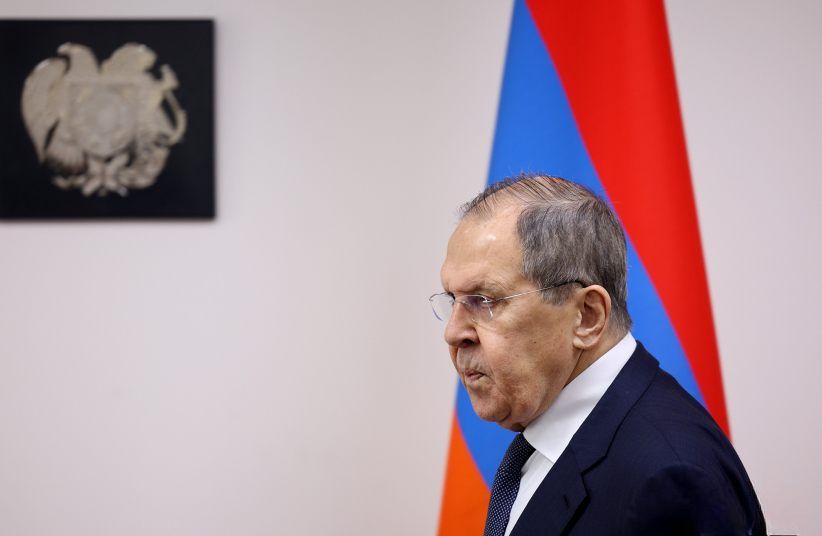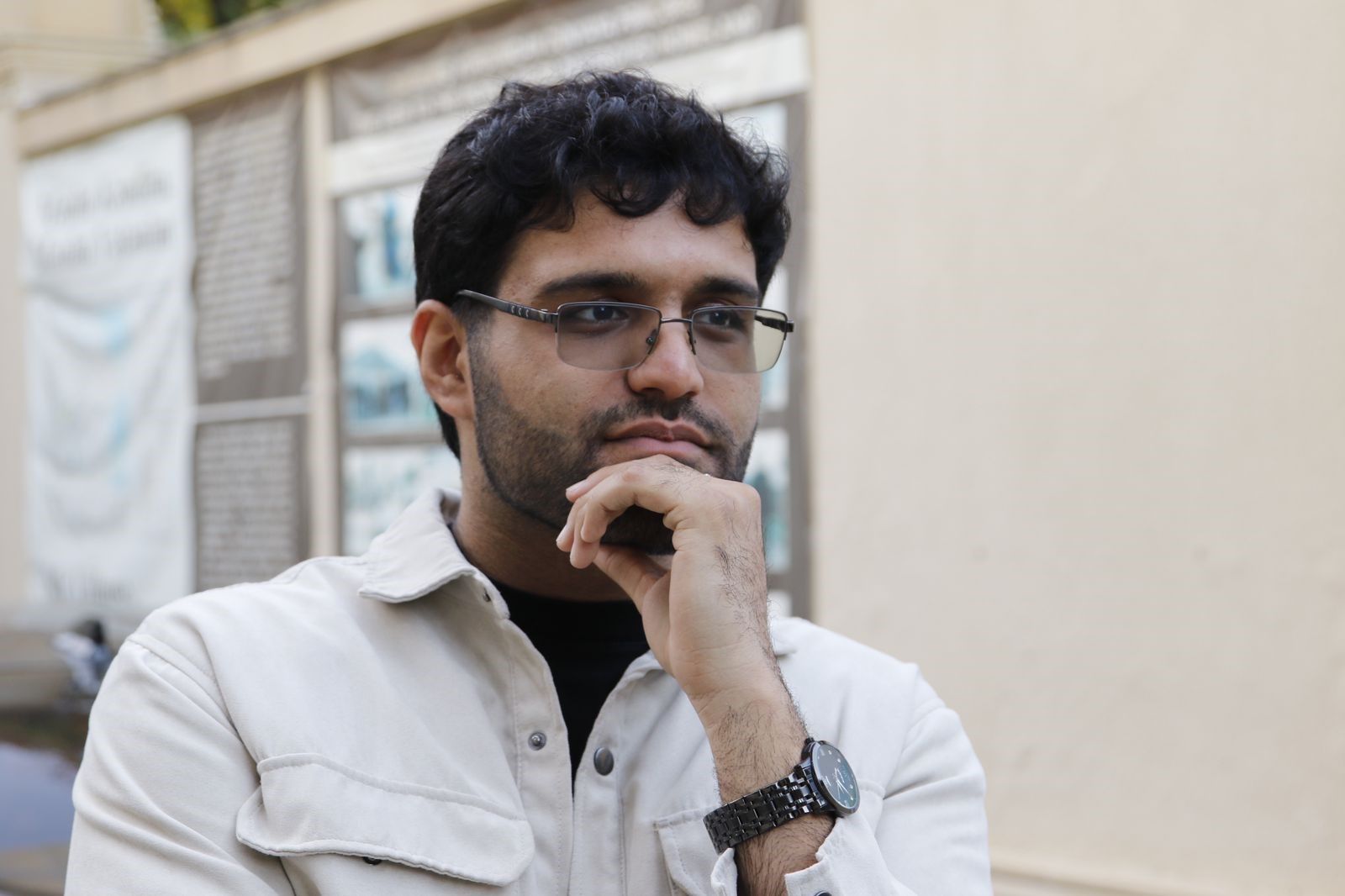Moscow tests Armenia's loyalty as Lavrov returns to Yerevan

Russian Foreign Minister Sergey Lavrov visited Yerevan on May 20–21, 2025—his first trip to Armenia in several years—amid a period of visible tension between Russia and Armenia. During the visit, Lavrov met with Armenian Foreign Minister Ararat Mirzoyan, Prime Minister Nikol Pashinyan, and President Vahagn Khachaturyan. The visit was overshadowed by Armenia’s frozen participation in the CSTO and public anger over Moscow’s passive response to Azerbaijan’s 2023 offensive in Garabagh.
Against this backdrop, Armenia has deepened ties with Western partners, especially France and the EU, prompting growing concern in Moscow. Lavrov’s itinerary included a stop at the Russia House (Rossotrudnichestvo) in Yerevan, which has held more than 550 cultural events in 2024. Plans are underway to expand this network with three more centers in Gyumri, Vanadzor, Ijevan, and Kapan—an attempt to reinforce Russia's soft power in Armenia.
At the joint press conference, Lavrov outlined Moscow’s approach:
-
Bilateral and regional frameworks: He underscored Russia’s commitment to deepening cooperation through the Eurasian Economic Union and the 3+3 platform, framing Moscow as a pillar of regional stability.
-
Criticism of Western influence: Lavrov accused Western powers of fostering instability, especially France and the EU, while advocating for a multipolar, law-based security framework.
-
Military presence and Garabagh policy: He reaffirmed Russia’s security guarantees and commitment to agreements on Garabagh, stressing dialogue over confrontation.
Lavrov’s comments served dual goals—reaffirming alliance with Armenia while warning against drifting further westward. His sharp criticism of Paris and Brussels aligned with Russia’s broader narrative that EU influence is a threat to the region. Notably, Lavrov avoided harsh rhetoric toward Washington, signaling a strategic restraint—possibly reflecting hopes of cooperation with the Trump administration.
Meanwhile, Foreign Minister Mirzoyan promoted Armenia’s "Crossroads of Peace" initiative, framing it as a neutral connectivity proposal. However, it effectively underlines Armenia’s shift toward EU-backed frameworks and away from Russia-led formats like the CSTO and EAEU.
Lavrov’s visit came at a time when Russia is recalibrating its role in the region. His recognition of Armenia’s long-standing occupation of Azerbaijani territories—as noted in UN, OSCE, and PACE documents—acknowledges facts that could impact Russia’s perceived neutrality in the Azerbaijan-Armenia conflict.
By expressing support for Armenia over the Garabagh issue, Lavrov risked eroding trust with Baku. Azerbaijan may cite these statements to reinforce its territorial claims internationally and highlight external interference in regional dynamics. Moreover, such a stance contradicts Russia’s own commitments, including several CIS and CSTO agreements prohibiting weapons transfers and hostile alliances among member states.
Lavrov’s visit comes amid the Kremlin’s broader concern that the South Caucasus is slipping out of its geopolitical control. With the breakdown of the Trump-Putin deal to end the Ukraine war, Russia lost momentum in its efforts to restore influence in the region. The U.S. withdrawal from the peace process has prolonged the war in Ukraine, leaving Moscow to reconsider its foothold in the Caucasus.
Georgia, despite Western criticism, has no appetite for closer relations with Russia. Azerbaijan, though formally aligned with Moscow through a strategic partnership, is pursuing an independent foreign policy and maintaining close ties with Türkiye and the West.
Russia’s fear is that the longer it waits, the more the region will be lost. Armenia—despite its historical role as Russia’s outpost—has tilted West under Pashinyan. Moscow views this shift as a strategic betrayal and believes it retains tools for coercion: political pressure, cultural levers, and opposition groups allegedly backed by Russian intelligence.
In this context, the Armenian government appears to be recalibrating its position. High-level officials have become more cautious about avoiding Russia-related obligations. Some reports suggest that Pashinyan’s recent visit to Moscow resulted in new understandings—reportedly aligned with Kremlin interests.
Lavrov’s swift return visit to Yerevan likely served as a follow-up, testing whether Pashinyan understood the Kremlin’s veiled threats. His mixed messaging—criticizing the Armenian government while keeping the door open for reconciliation—signals Russia’s intent to keep Armenia in its orbit, using both pressure and persuasion.
Here we are to serve you with news right now. It does not cost much, but worth your attention.
Choose to support open, independent, quality journalism and subscribe on a monthly basis.
By subscribing to our online newspaper, you can have full digital access to all news, analysis, and much more.
You can also follow AzerNEWS on Twitter @AzerNewsAz or Facebook @AzerNewsNewspaper
Thank you!

